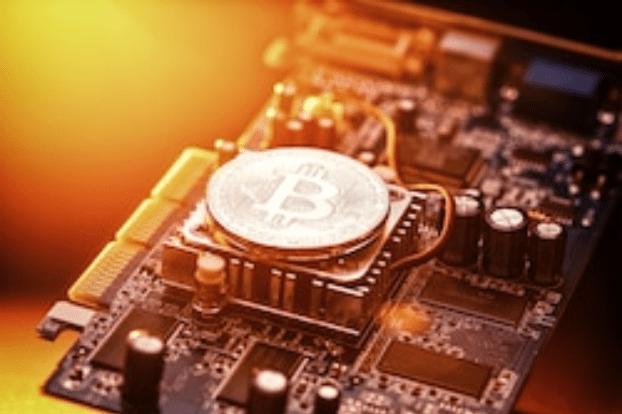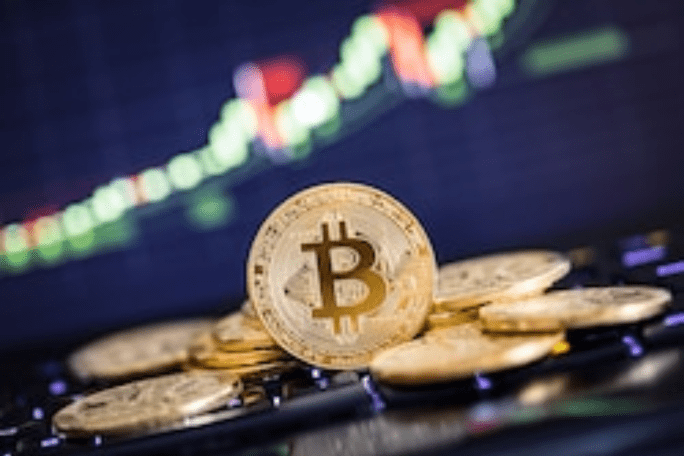Many believe that the occasion would have a positive effect on BTC’s price as has been observed in the past.

Bitcoin’s upcoming halving will be one of the most followed crypto-related occasions in the year 2020. Thousands of cryptocurrency enthusiasts will be observing the markets eagerly to witness what effect this year’s halving will have on the cryptocurrency.
On the other hand, some are expecting the price to drop dramatically after the occasion.
Whatever the result may be, it is apparent that this occasion will be a defining juncture for Bitcoin.
In this review, we breakdown what the Bitcoin halving is all about, some effects of this occasion, historic occurrences, and what to anticipate from this year’s halving occurrence.
Bitcoin was built on a system that mandates regular halving (also known as Halvenings) to sustain its value. The halvings are programmed to happen every 4 years. Already, Bitcoin has witnessed two halving processes, the first in 2012, and the other in 2016. The next halving process is scheduled for the 20th of May 2020.
Bitcoin’s Value Preserving Strategy
Bitcoin runs on a deflationary economic model which ensures that over time, lesser and lesser Bitcoin tokens will be created until finally, the creation of new Bitcoin tokens will end.
BTC’s total supply is capped at 21 million, meaning that it is impossible to have more than that exact number of Bitcoin token in circulation at any point in time. It has been estimated that the very last Bitcoin token will be mined in the year 2140.
Bitcoin’s deflationary model predisposes it to scarcity which increases in demand, thereby causing its value to increase as well.
This model is different from traditional fiat which is based on an inflationary model, this means that banks can instruct for the printing of more banknotes at will. This is not an ideal practice per se as a boost in the volume of banknotes in circulation could result in the devaluation of that currency.

Bitcoin’s “Block Reward” System
New Bitcoin tokens are pumped into the market through a popular process known as cryptocurrency “mining”. Bitcoin miners get rewarded with a Bitcoin “block” allotment every time they successfully solve transactions. The blocks are allotted by the Bitcoin algorithm.
The block rewarding process happens every ten minutes. So in fact, ten minutes from this moment, new Bitcoin tokens will be created.
Mining is not an easy process. It requires a certain level of expertise, specific hardware, and a serious quantity of electricity.
After the inception of Bitcoin, the first mining reward was fifty Bitcoin. This meant that every ten minutes, a Bitcoin miner received fifty Bitcoin tokens for solving transactions.
That number has since been halved, twice, and is now at 12.5 Bitcoin token per block reward. By May this year, the halving will bring that figure down to 6.25 Bitcoin token per block reward.
This feature has been pre-programmed into Bitcoin’s system.
What This Could Mean for Mining
Lesser block rewards are not the only reason Bitcoin is scarce. It has gotten significantly harder to mine Bitcoin and receive rewards. This is because mining is now more difficult as more miners are entering the system thereby increasing competition.
Consequently, an increase in competition means miners require more sophisticated tools to solve cryptographic Algos.
Over the years, miners have created what is known as “mining pools” to better handle the rising competition of mining. Mining pools are a network of miners, collectively working towards achieving block rewards.
Block rewards in mining pools are distributed according to the percentage of effort put into earning a block.
Improved Stock-To-Flow Ratio
Halvings have several profitable impacts on Bitcoin. One such effect is that it boosts the Stock-To-Flow ratio of Bitcoin.
A commodity’s STF ratio is calculated by dividing the quantity of the asset held in reserves, by the quantity manufactured in a year. The greater the STF ratio, the lesser the annual inflation on that asset.
Commodities like gold possess a very impressive STF ratio as its available quantity is limited.
Presently, Bitcoin has a significantly lesser STF ratio, unlike gold. Regardless, more halving occasions will boost the Bitcoin’s STF ratio. It is even believed that someday, Bitcoin will surpass gold in the STF ratio rating and will be an even better store of value. This is probably why Bitcoin is dubbed “digital gold”.
After-Effects of Previous Halvenings
2012’s Halving
The first Bitcoin halving happened on the 28th of November. On that day, the cryptocurrency recorded a 6.5% trade range.
Regardless, to the surprise of many, the price remained at a consolidated state months after the occasion. This was partly because Bitcoin was still in its infancy and so, not many people were engaged with it. Also, media coverage at the time was not what it is today, which means many people were not informed of what was going on.

Based on the information on Bitcoin’s BNC Liquid Index, the price of BTC attained a high of about $32 on the 8th of June 2011.
The price of BTC never broke above the $32 mark until the 28th of February 2013 (4 months later), where price witnessed a climb to $260 after which a drop was experienced and the price stayed below that level for several months.
Fast forward to the 30th of November 2013 (close to a year after the 2012 halving), Bitcoin rallied dramatically and peaked at $1,167, which was a whopping 9,686% increase from the initial price of $11 on halving.
2016’s Halving
On the 9th of July 2016, the second halving, the price peaked at $664 but did not maintain that uptrend instead fell to $626 on the same day.
Subsequently, the price continued on that downward trajectory for about three months.
However, things started looking up for Bitcoin from the 27th of October 2016 when price closed above the previous halving’s high of $664.
Bitcoin later proceeded to smash its last all-time high of $1,167 on the 23rd of February 2017. This spike started the famous bull rally of 2017 through 2018, which witnessed a peak at $20,000 sometime in December 2017.
2016’s halving shot Bitcoin’s price from $664 to $20,000 which was a growth of 2,912%.
Possible Outcomes of this Year’s Halving?
In the crypto sector, the Bitcoin halving is undoubtedly among the most talked-about and anticipated occasions of the year.
Presently, there are mixed expectations as to what the outcome of the 2020 halving may be.
Many in the crypto sector are very optimistic and believe that, just as in the past, the price will soar dramatically either before or after the occasion.
Creator of Kraken, Jesse Powell expects the price of Bitcoin to rise close to $100k or 1 million after the halving.
The CTO of Morgan Creek Digital Assets also shares the belief of Jesse and expects Bitcoin to reach the $100,000 mark by 2021. He says that scarcity is a driving force for the demand of any commodity. He explains that the 2020 halving will cause Bitcoin to be more scarce.
Other crypto players believe that this year’s occasion will not have a similar trajectory with past occasions and would, instead, mar the price of Bitcoin.
Another possible scenario that has been observed over time is the “buy and dump” case. This scenario usually plays out when there is a highly anticipated occurrence. It works exceptionally well when the upcoming occasion is sure to have a quantifiable effect on supply and demand dynamics.
The price of the asset in question experiences a huge spike just days or a few weeks to the main event. This transpires because investors stock up on the asset towards the event. After the event, however, the price of the said asset drops significantly.
This kind of activity has transpired frequently in the cryptocurrency space. One such occasion was the Bitcoin futures trading releases for the CBOE and CME.
Just a few days to the CME’s release, the price of Bitcoin rallied from $6,400 and peaked close to its all-time high of $20,000 in a day. Not surprisingly, the price dropped considerably in the period that followed those releases.
Furthermore, some cryptocurrency experts believe that the aftermath of the halving has already been priced in. It has been observed that demand is “missing” in the Bitcoin market, this could be a clear indication that the halving has been priced in.
Usually, months before a halving, a boost in demand and price of Bitcoin is always noticeable. This time, however, no increase can be observed in neither of the stated areas.
In this case, it could lead to a lateral trading period which might be a good thing for traders.
At the moment, Bitcoin is still struggling to break above the $7,200 mark and there are no signs of a reversal happening soon.
Whatever the result may be one thing is for sure, the price of Bitcoin is set to experience drastic changes this year.
Source: https://learn2.trade


 Hot Features
Hot Features













